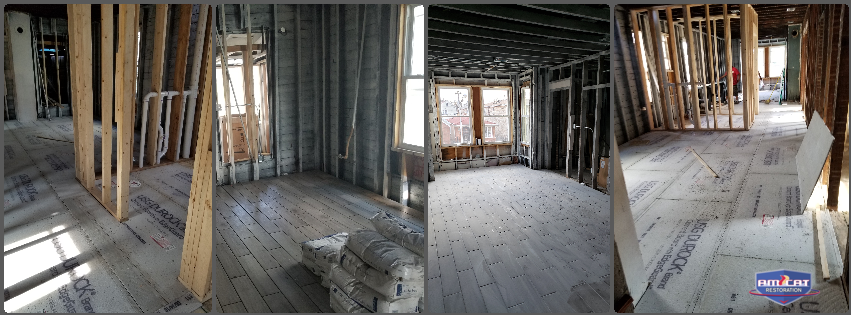
INSTALLING CERAMIC TILE FLOORING
Am-cats Team Tile charges $750 per room and or $8.50 per square foot.
Underlayment is something you put on top of your subfloor to prepare it for tiling. The subfloor is the ground, whether it is made of plywood or cement. Cement boards or Backer-boards are the most standard underlayments. They come in various thicknesses for different spaces. It’s important that you lay the tiles evenly the first time because tiling is almost impossible to reverse if you make a mistake. You might be able to adjust some tiles slightly after they have been set. Tile can be laid on plywood. But do not install tile directly on the plywood subfloor itself. Use an intervening layer of a sheet of thinner plywood. Exterior plywood is an acceptable underlayment for tile and is preferred to interior-grade plywood because the bonding adhesives used are waterproof. If water seeps through the tile installation to the underlayment, it will not cause the wood to swell, as happens with interior-grade plywood.
There is no need to install a backer board on a concrete substrate—ceramic tile can be applied right over concrete, provided the surface is flat, smooth, and free of significant cracks. Am-cat mix up a batch of mortar with added bonding components pending on the size of the ceramic or porcelain tile after installing cement backer board. With the smooth side of a 1/4-inch notched trowel, spread enough mortar mixture for the current project.

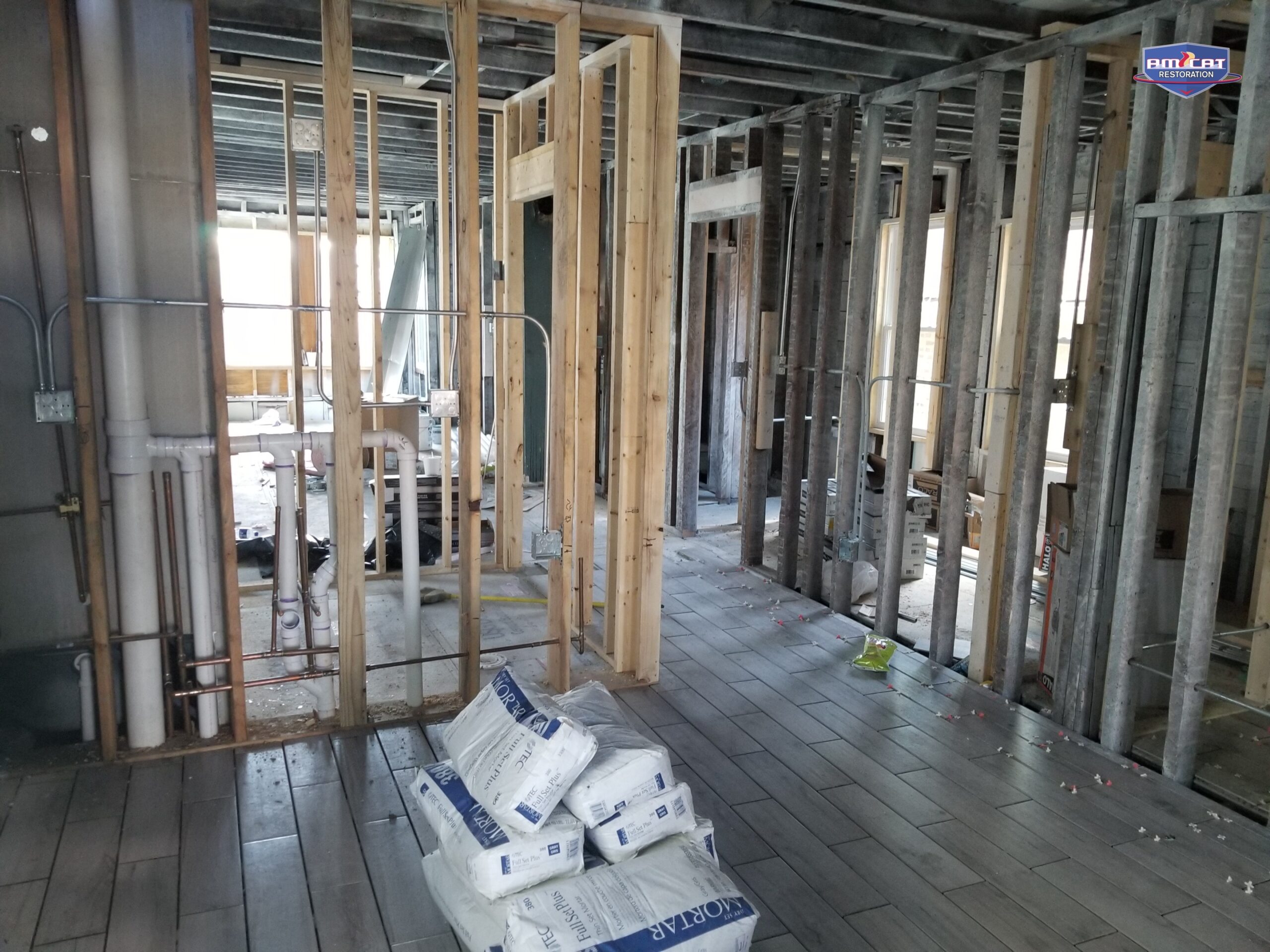

























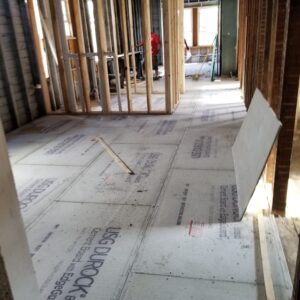
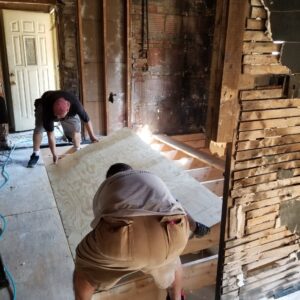
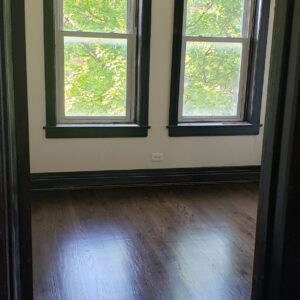
Reviews
There are no reviews yet.